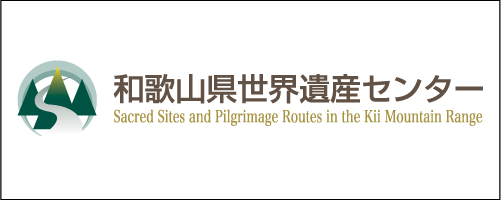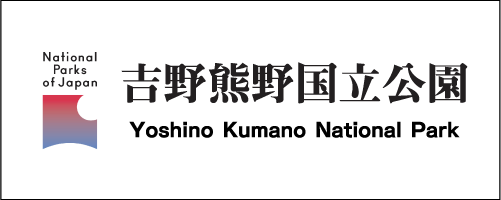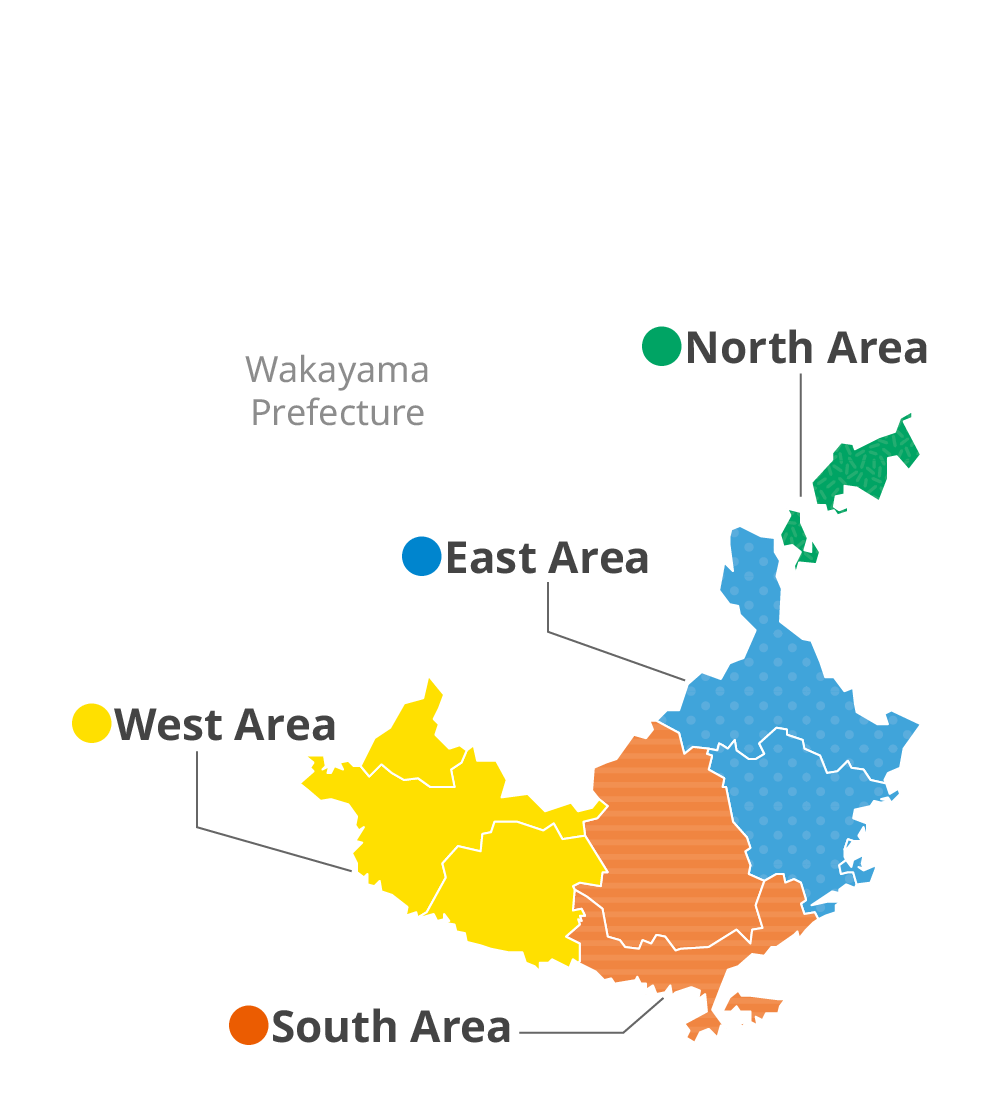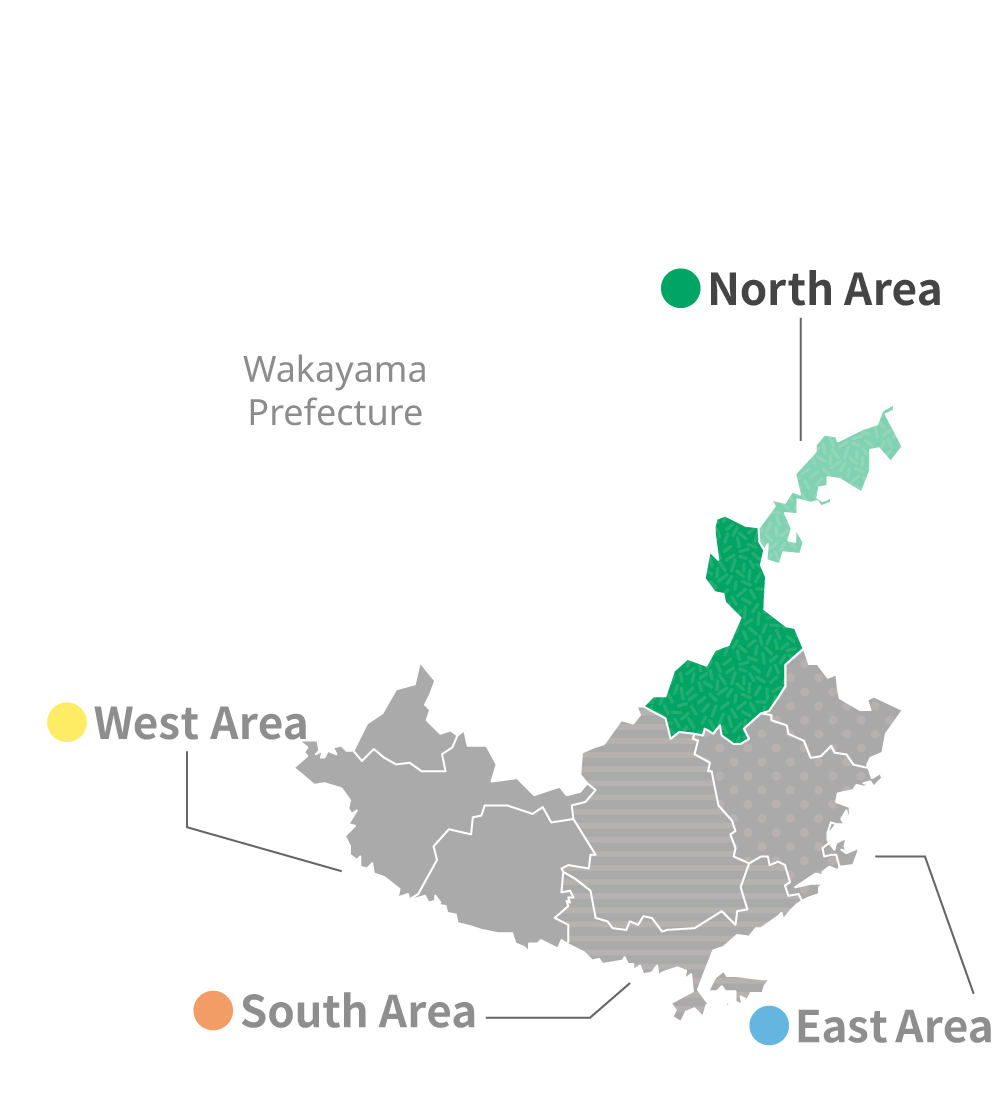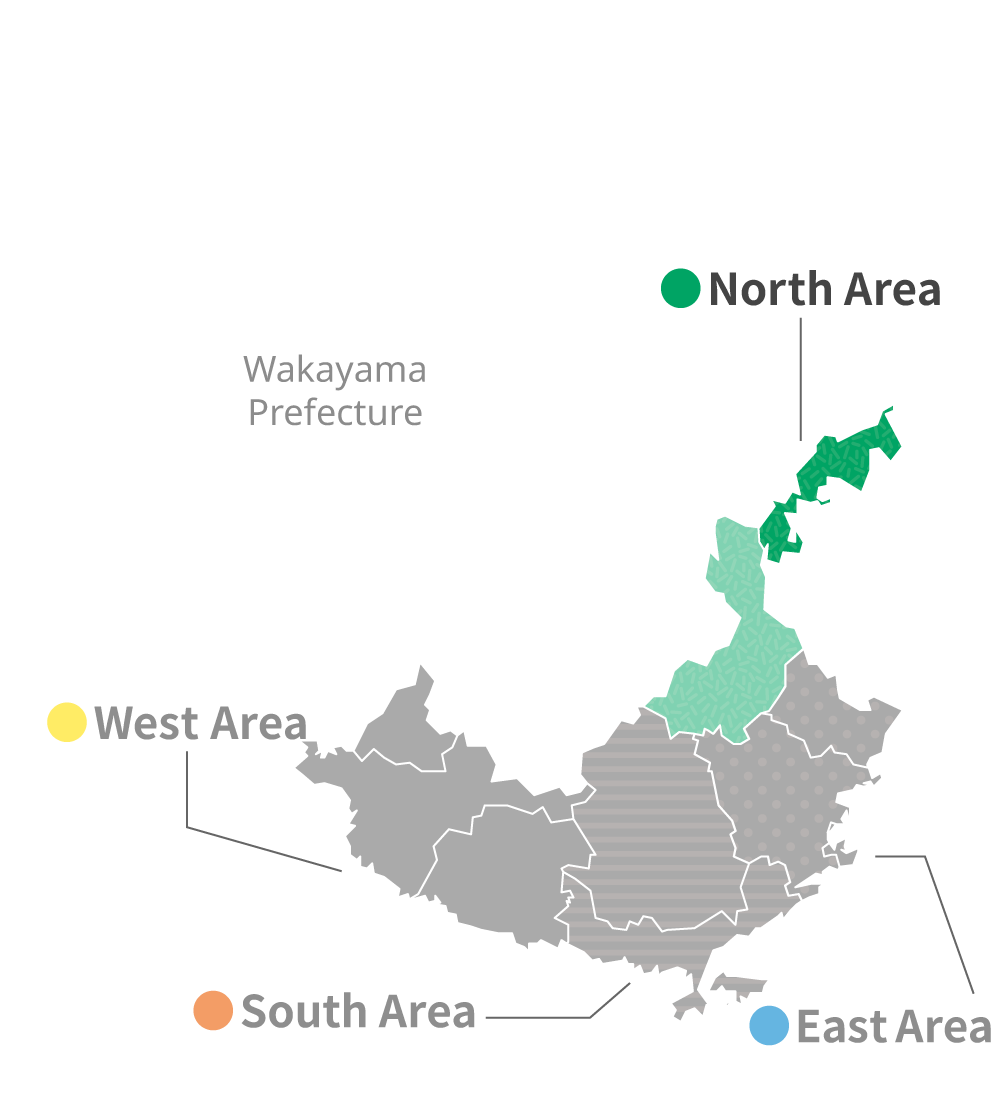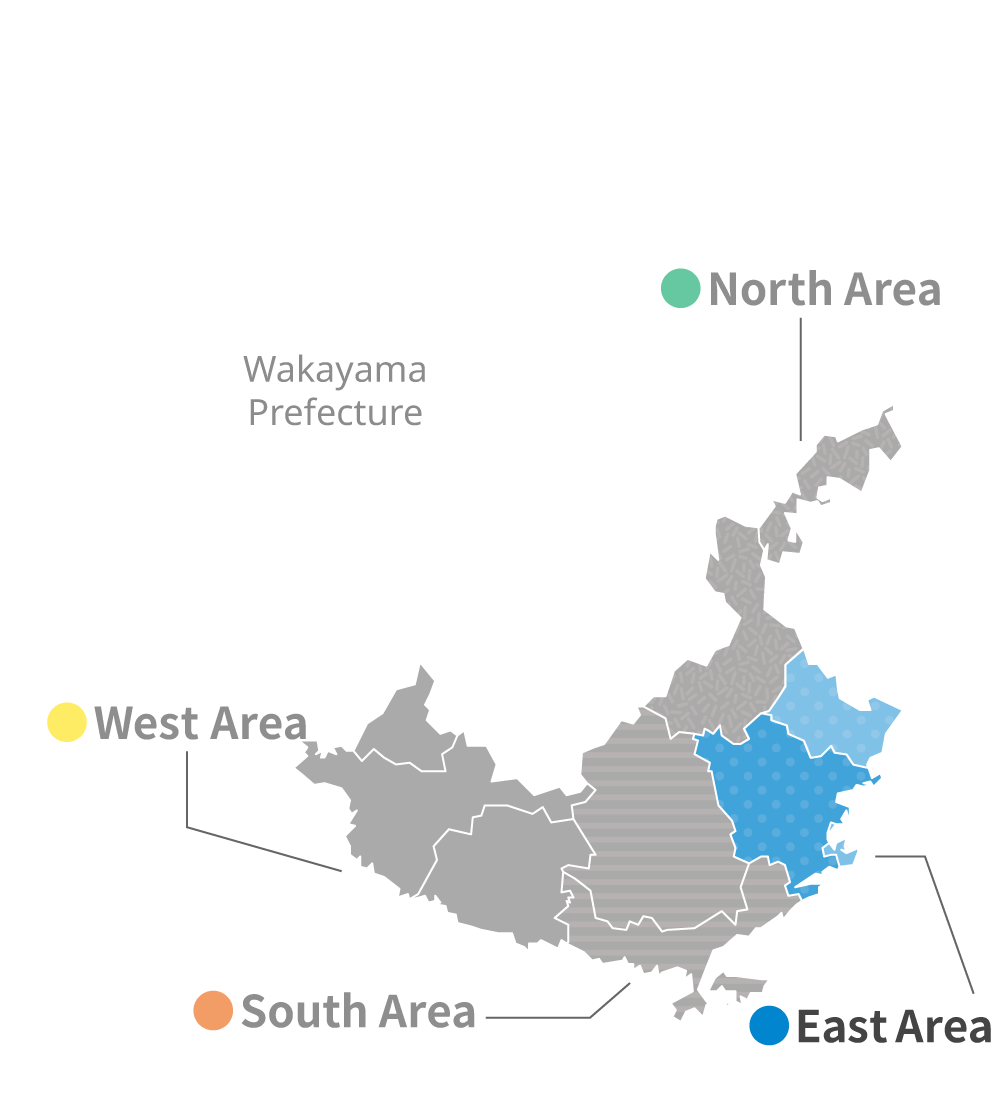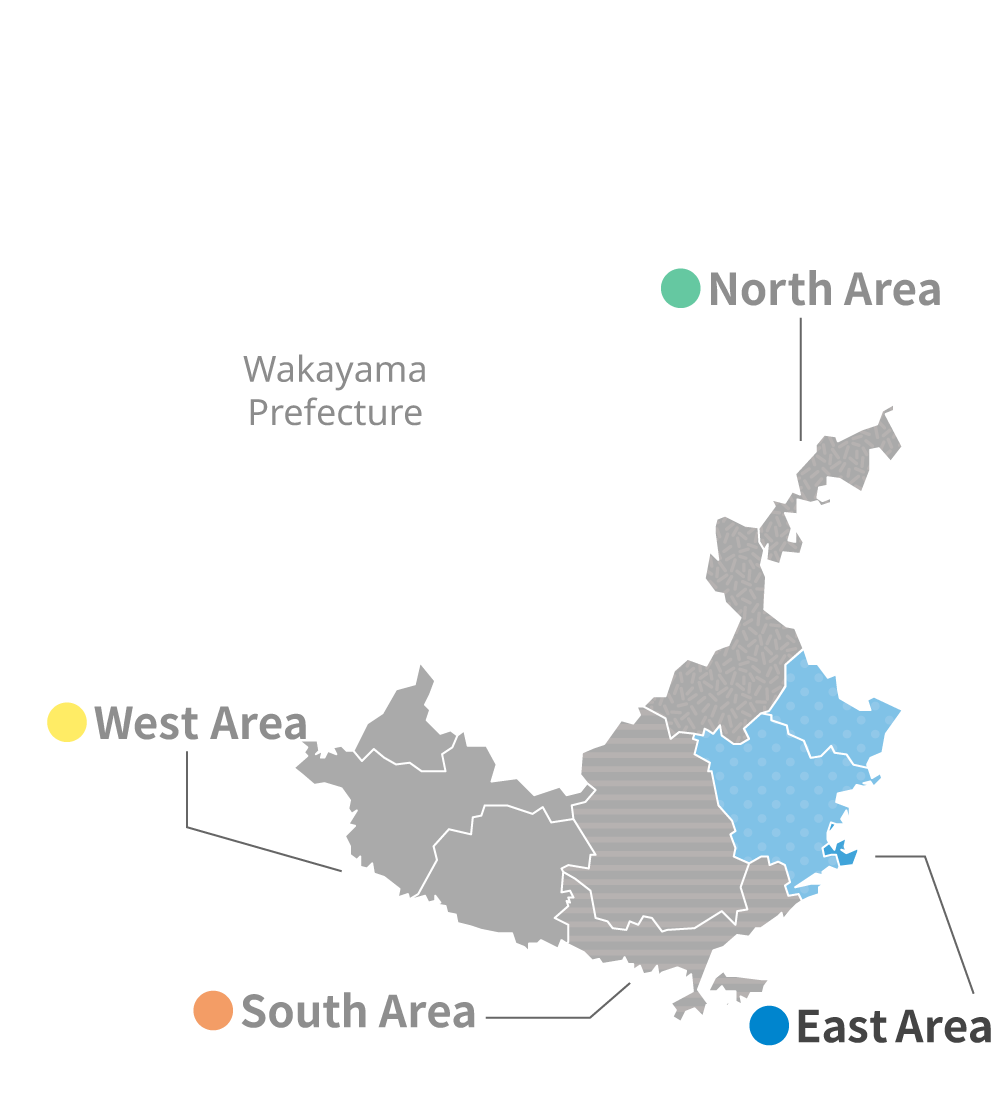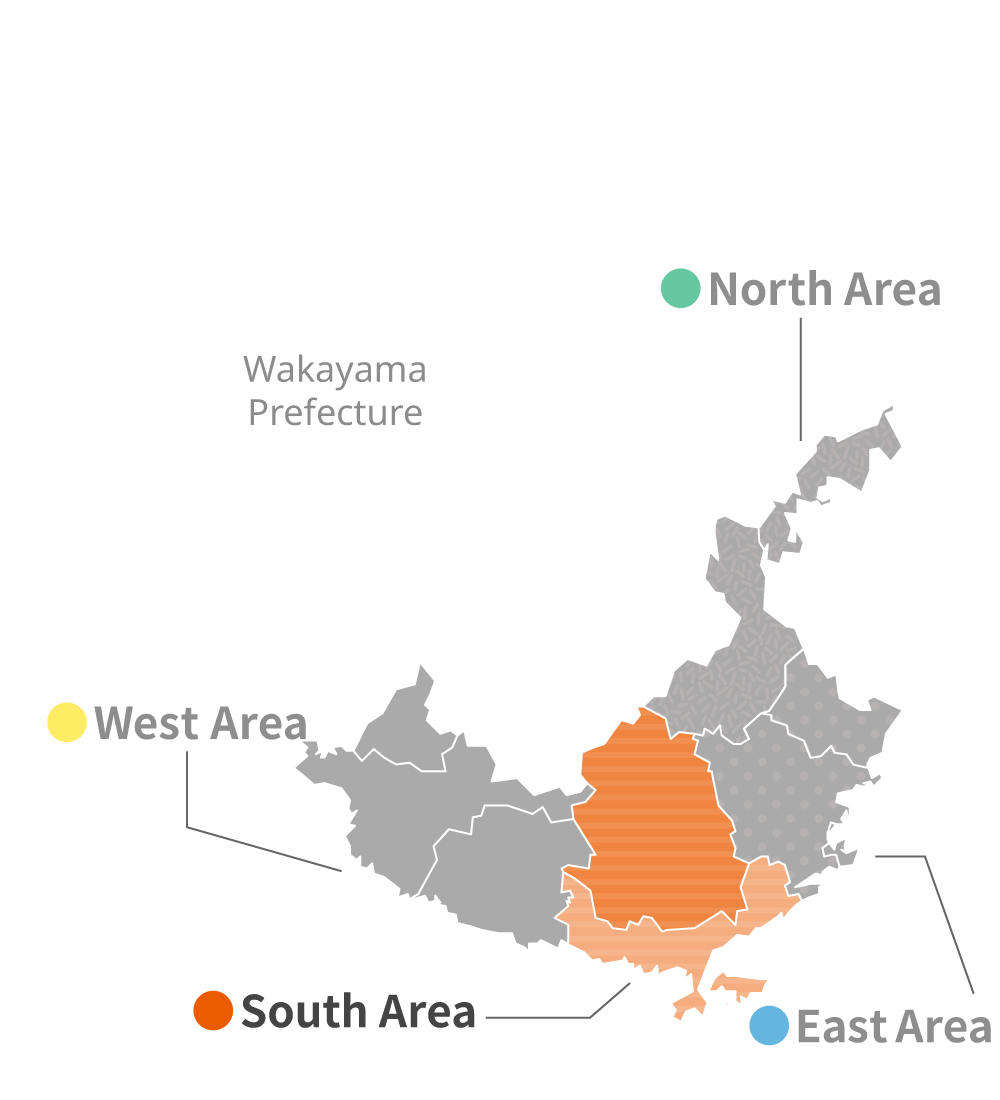Learn about Nanki-Kumano Geopark
Onsen (hot springs)
Nanki-Kumano Hot Springs
In Nanki-Kumano, a region known for its abundant hot springs, these thermal waters have long served as therapeutic and purification sites. People of all classes have enjoyed historical springs like Shirahama, Tsubaki, Katsuura, and Yukawa onsens over the centuries. Shirahama Onsen is renowned as one of Japan’s three well-known ancient hot springs, with records dating back to the 7th century Asuka period. Yukawa Onsen boasts an even longer history, stretching to the late 5th century, making it one of the oldest in Wakayama Prefecture. Tsubaki and Katsuura onsens became popular in the Edo period. These springs are believed to emerge along the Karekinada and Kozagawa Arcuate Dike. They are revered for their health benefits, with recorded visits from emperors and feudal lords for rest and recuperation.
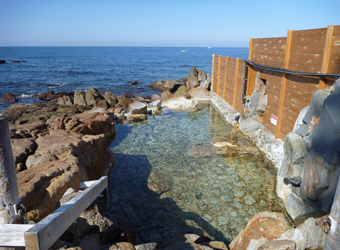
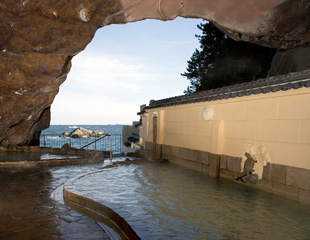
Geothermal Activity in the Kii Peninsula
Despite a lack of volcanic eruptions in the Kii Peninsula over the last 2.6 million years, known as the Quaternary Period, the area is rich with hot springs. The absence of recent volcanic activity does not diminish the number of thermal springs, which continue to draw scientific interest regarding their geothermal sources. A leading theory suggests that these springs are fed by water extracted from subducting tectonic plate rock bodies, which rises to the surface through fractures in the crust.
